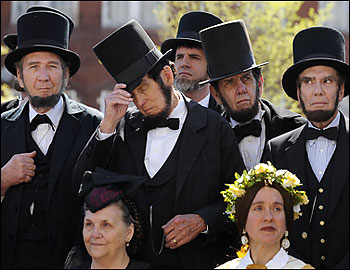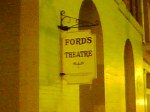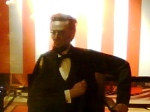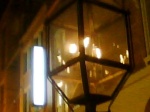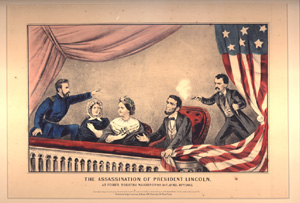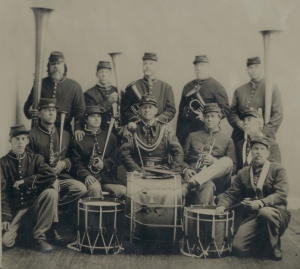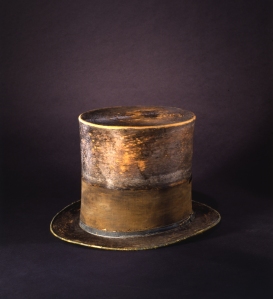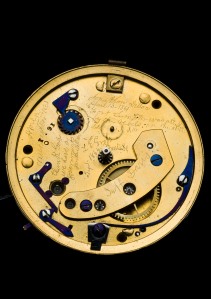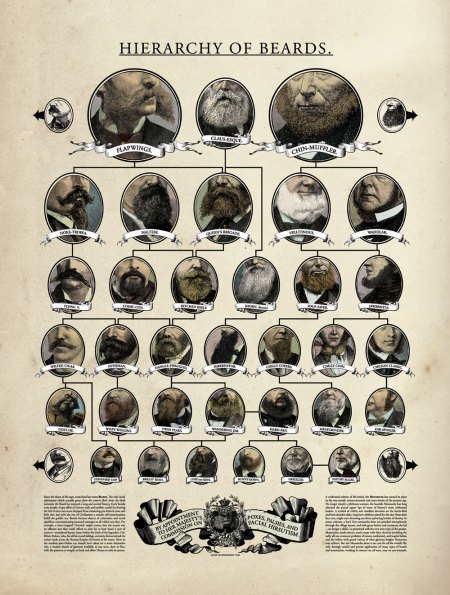
What would Abe wear?
Before Lincoln ran for office in 1860 he received a letter from an eleven-year-old girl name Grace Bedell from upstate New York. She had a piece of advice for him: grow a beard if he wanted to look presidential and get elected. Lincoln replied to Grace on October 19 but made no promises. As he wrote, “As to the whiskers, having never worn any, do you not think people would call it a piece of silly affectation if I were to begin it now?” One month later, however, he was sporting the makings of a beard.
In February of 1861, after Lincoln had won the election, he traveled to Bedell’s hometown. The Philadelphia Inquirer newspaper recorded the event on February 20, 1861, “At Westfield, Mr. Lincoln greeted a large crowd of ladies, and several thousand of the sterner sex. Addressing the ladies, he said, “I am glad to see you; I suppose you are to see me; but I certainly think I have the best of the bargain. (Applause.) Some three months ago, I received a letter from a young lady here; it was a very pretty letter, and she advised me to let my whiskers grow, as it would improve my personal appearance; acting partly upon her suggestion, I have done so; and now, if she is here, I would like to see her; I think her name was Miss Barlly.” A small boy, mounted on a post, with his mouth and eyes both wide open, cried out, “there she is, Mr. Lincoln,” pointing to a beautiful girl, with black eyes, who was blushing all over her fair face. The President left the car, and the crowd making way for him, he reached her, and gave her several hearty kisses, and amid the yells of delight from the excited crowd, he bade her good-bye, and on we rushed.”
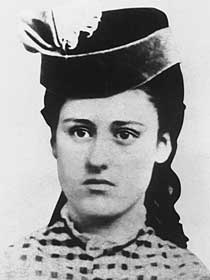
Famous letter writer Grace Bedell in the 1870s
